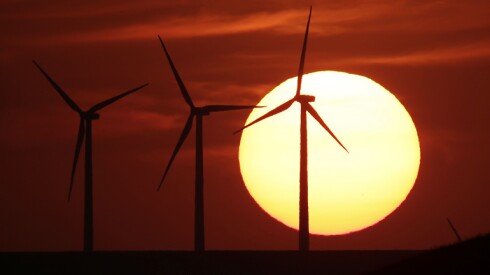A public community college in Washington is building a 49,000-square-foot facility for programs in advanced manufacturing and renewable energy, expected to open in fall 2025 and serve 1,200 students.
Following protests by students and faculty at the University of California - Irvine, Southern California Gas Co. has scaled back its plans to pipe a lower-carbon fuel blend that included hydrogen into campus facilities.
By installing 3,300 solar panels on its roof, a high school in Virginia expects to save $2.8 million in electric bills for the next 25 years, generate 54 million kilowatt hours of clean energy and offset 8,000 tons of CO2.
The Future Use of Energy in Louisiana, a higher education, government and business consortium, is seeking a grant worth $160 million from the U.S. National Science Foundation. It now has only partial funding from Congress.
The 20-year contract will enable the purchase of solar photovoltaic energy and battery storage from Bonanza Solar. It moves the city closer to sourcing electricity from carbon-free sources by the end of 2030 and replacing coal-fired energy.
A new sustainability plan at the University of Wisconsin-Madison aims to develop more solar on campus, become a "zero waste" campus by 2040 and achieve net zero carbon emissions by 2048.
West Virginia University, the University of Pittsburgh and Carnegie Mellon University are spearheading the "Engines" initiative to diversify energy sources and carriers, carbon sequestration and storage.
A new report by the Information Technology and Innovation Foundation found that the economies of producing green hydrogen at scale will be difficult to overcome as the government and the private sector search for non-fossil fuel energy sources.
A new pilot project in British Columbia will serve as Canada’s first bidirectional charging initiative involving the heavy-duty public transportation vehicles.
The fourth annual KidWind Simulation Challenge for grades four through 12 tasks students with using a CAD program and virtual simulations to design wind energy systems and test their efficiency.















